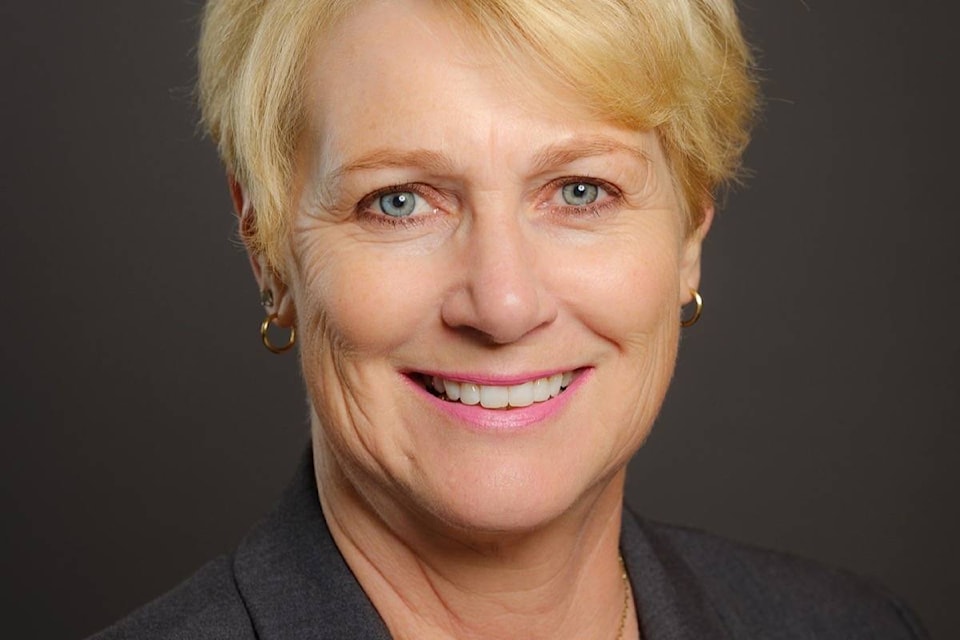As Canada and the U.S. continue their negotiations to modernize the Columbia River Treaty, our engagement with those most affected by the Treaty has grown and evolved. I’d like to end 2019 by reflecting on what we have achieved to date.
At the recent Pacific NorthWest Economic Region Economic Leadership Forum in Seattle, I spoke to politicians and stakeholders from both sides of the Canada-U.S. border about how our government has engaged with B.C. communities on the Columbia River Treaty. It’s a source of great pride, not just for me but for the government staff and all those throughout the B.C. Columbia Basin whose contribution has made the process so strong.
When the Treaty was first created in the 1960s, communities and Indigenous Nations were not consulted. More than half a century later, there is still anger and mistrust in Basin communities about the social, environmental and economic impacts resulting from the Treaty. While we can’t undo what was done decades ago, we are moving forward, and we are listening. We are doing things differently this time.
In my lifetime, I’ve seen a huge amount of change. I count myself lucky to be Minister responsible for the Treaty in an era when governments engage directly with Indigenous Nations, local governments, communities and citizens.
Over the past decade, our government and the previous provincial government spent a lot of time talking to people in the Basin, finding out how the Treaty impacted people, and still impacts them and their communities and how it could be improved. These conversations started in 2012 during the Columbia River Treaty Review, and have continued since, through direct engagement with Basin Indigenous Nations, local governments, residents, and non-government organizations.
Last year, as negotiations began, we returned to the communities we consulted with in 2012 to make sure we understood the issues that matter most to them. We provided an update on negotiations and also asked if the issues they had raised in the past reflected the interests of residents today. Did they have additional input to add? The results of those meetings were shared with the Canadian negotiating team so they could further understand the needs of the Basin, as they sit down with the U.S. to negotiate a modernized Treaty.
This fall, we hosted another series of 12 community meetings throughout the B.C. Basin, to provide an update on negotiations, Indigenous Nations-led work to address ecosystems, and progress that has been made by the Province to address Treaty-related community interests. These meetings allow our government, and the Government of Canada, to engage face-to-face at the local level. They also allow us to hear what people have to say. A summary report of these meetings will be available in the new year.
We hold as many local meetings as we can but, because we’re mindful that not everyone can attend, we posted one of the meetings on our YouTube channel and even livestreamed one of the meetings, recognizing that Basin communities are very passionate about the region, the river and the Treaty.
Where governments half a century ago didn’t consult, today we do, and if anything, we try to go beyond the call of duty to do so.
We launched a quarterly Columbia River Treaty newsletter this year to keep people informed about the negotiations and other Treaty-related news. The Treaty Facebook and Twitter accounts are another means for people get the latest news and let us know what they’re thinking.
It’s also important to get input from local governments in the Basin. Since 2011, the Columbia River Treaty Local Governments’ Committee has met regularly with government representatives and submitted their own recommendations on the future of the Treaty. We also get guidance from the Columbia Basin Regional Advisory Committee, a Basin-wide group with a wide range of interests established by the B.C. government, the Local Governments’ Committee and BC Hydro in 2014.
Some of the most valuable guidance we receive comes out of our relationship with Columbia Basin Indigenous Nations. When the Treaty was drafted, Indigenous Nations weren’t consulted at all. Today they are partners in this process.
This year, the Government of Canada announced that Basin Indigenous Nations would join the Columbia River Treaty negotiations as official observers. This was an unprecedented step that B.C. supported, and demonstrates our commitment to the United Nations Declaration on the Rights of Indigenous Peoples and to our journey towards reconciliation. It was part of the evolution of our collaboration with the Ktunaxa, Secwepemc, and Syilx/Okanagan Nations.
These Nations had been collaborating with us and the Government of Canada on negotiation positions and strategies since the current Treaty negotiations began in early 2018. They have also contributed a great deal to the discussions through the work they are leading on ecosystem function and salmon reintroduction.
When the Columbia River Treaty was created, governments generally shut people out; they tended to just get on with doing what they wanted to do. What we’ve learned is that once you start listening, you realize that those other perspectives aren’t holding you back, they are helping you move forward.
As we move forward together in the current discussions about the Treaty, we do so having built a stronger foundation through engagement with the people most affected by the Treaty. The feedback we get is vital – whether at community meetings, or by email, phone calls or social media posts. Everything informs the discussions at the negotiating table, so I encourage people to let us know what you’re thinking.
Katrine Conroy is the MLA for Kootenay West and Minister Responsible for the Columbia Basin Trust, Columbia Power Corporation and Columbia River Treaty
